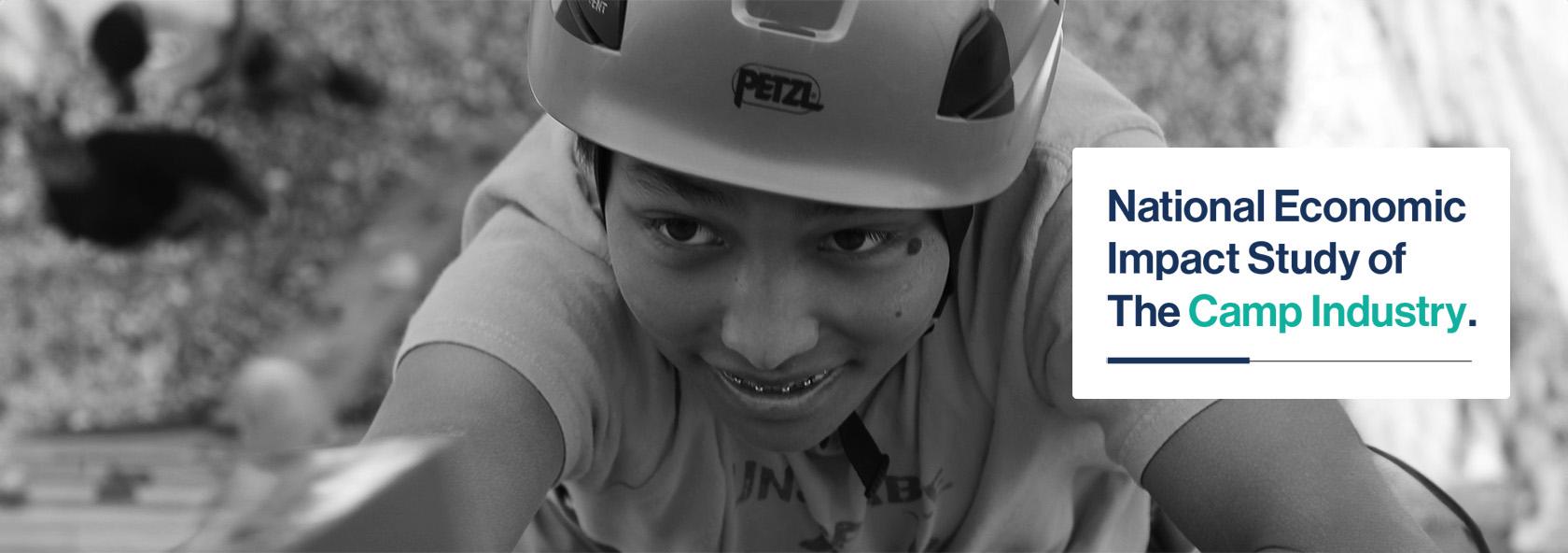Through innovative research conducted by the University of Michigan Economic Growth Institute (EGI) in collaboration with ACA, this study of 2023 national and state camp trends uncovers the camp industry’s significant economic impacts across the United States.
The study reveals that the youth camp industry's total annual economic impact is significant. Camp contributes $70 billion to the national economy directly and through ripple effects, including via business-to-business purchases and labor income. The labor income of $23 billion can be attributed to a combination of direct, indirect, and induced impacts.
- Direct impacts: These are the immediate economic contributions from the industry's core operation. They include camp staff wages and the money spent to operate the camps.
- Indirect impacts: These effects come from camps buying goods and services from other businesses, which creates a spending chain that boosts economic activity across sectors.
- Induced impacts: This is the economic activity that occurs when employees from the camps and the businesses supplying them spend their wages, which further stimulates economic growth.
EGI has compiled an extensive dataset on day and overnight camp operations, encompassing more than 20,000 records and survey data from 1,137 camp operations.
Included in this report is new and expanded data and analysis across four main areas:
- The number and distribution of camp operations identified across the country and in each state
- Findings on the finances, employment, and program offerings of camp operators in the United States
- Insights into the contributions of seasonal camp employment to the development of key workforce skills and competencies
- The economic impacts of the industry in each state and at the national level
We hope this exciting and groundbreaking report serves as a valuable resource for the camp industry and sparks new conversations and questions regarding the industry and its impacts.

